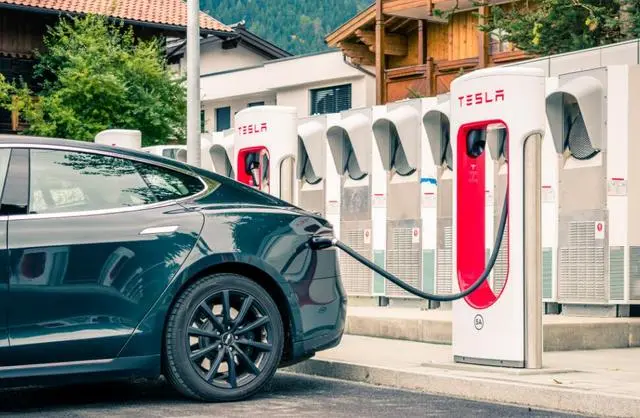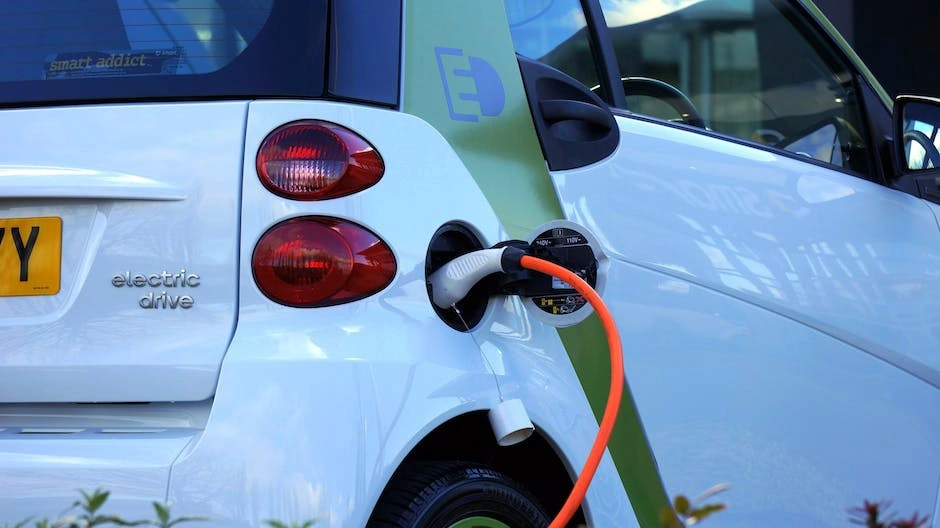In 2023, U.S. EV market troubles: Inventories rise, prices fall

US electric vehicle market
In the morning news on July 12, according to reports, analyst reports and industry data show that the US electric vehicle market is growing, but the growth rate is not fast enough to absorb the entire electric vehicle inventory in time, and it is not enough to make Tesla Stop dropping prices again.
Rising inventories and lower prices may represent only a short-term pause in the growth of the electric vehicle market, but may also send a signal that even if the US federal and state subsidies are provided, if the hope is to increase the share of electric vehicle sales in the US auto market Exceeding the current level of 7%, it is still more costly and more difficult than expected.
North American automakers are making billions of dollars of investment in the electric vehicle industry, but this will also depend on how the electric vehicle market performs in the coming quarters.
If the oversupply of EVs continues, automakers will have to choose between slashing prices and margins, or slowing investment in production lines.
More than 90 new electric vehicle models are expected to hit the U.S. market by 2026, according to market research firm AutoForecast Solutions.
Many companies will struggle to achieve profitable volumes, analysts said.
According to a Cox Automotive report, for dealers of traditional auto brands such as General Motors, Ford, Hyundai and Toyota, the inventory depletion cycle in their stores has exceeded 90 days at the current sales pace.
U.S. dealerships have more than 92,000 EVs in stock, more than triple what they were a year ago, according to Cox.
犀利士Overall, new auto inventories are up 74% from a year ago.
There are many EV models in stockpiles.
According to Cox data, as of June 30, GM’s Cadillac Lyriqs inventory removal cycle reached 50 days, below the current industry average of 52 days.
GM said in a statement that its electric vehicle inventory is “very low and demand is high.”
More than 80 percent of its Cadillac Lyriqs and GMC Hummer EVs are still en route to dealerships, the company said.
The bigger challenge for GM is how to accelerate production and delivery of the next generation of electric vehicles based on the Ultium platform.
Of the 36,024 electric vehicles GM delivered in the U.S. in the first half of this year, only 2,365 were based on the Ultium platform.
The company aims to produce a total of 100,000 electric vehicles in North America in the second half of this year.
Cox’s data also shows that the Ford F-150 Lightning and the Mustang Mach-E have depleted cycles of 86 days and 113 days, respectively.
Ford said Cox’s figures overstated inventories of both models. Erich Merkle, Ford’s head of U.S. sales analysis, said the Mustang Mach-E has an 83-day destocking cycle and more than half of the cars produced are in the process of being shipped to dealers.
Ford estimates that the F-150 Lightning has a degassing cycle of 58 days, including vehicles in transit.
However, Ford’s Dearborn, Mich., plant, which assembles electric pickups, closed this month, citing an equipment refresh.
“Inventory levels are by no means very high,” Merkel said.
Meanwhile, Ford is ramping up production of the Mustang Mach-E and F-150 Lightning far beyond the current sales pace.
In the first half of the year, Ford produced 46,238 Mustang Mach-Es and sold 14,040, according to data on Ford’s investor relations website.
Ford cut prices on the Mustang Mach-E in May.
In addition, according to Cox data, the dealer inventory cycle of Volkswagen ID.4 electric SUV is 131 days.
Sales of electric vehicles in the U.S. have slowed recently as supply chain bottlenecks ease and production ramps up, VW’s U.S. sales arm said in a statement.
However, VW still sees strong demand for the ID.4, and there is still not enough supply of the “market-wanted” four-wheel-drive version.
VW also mentioned that “customer indecision has had an impact, mainly regarding which electric vehicle models are eligible for the tax credit”.
Currently, ID.4s built in the U.S. are eligible for a $7,500 excise tax credit.
Industry officials and analysts have cautioned that the U.S. electric vehicle market is still in its formative stages, with many consumers still evaluating whether an EV fits their needs and major automakers still ramping up production.
“The market has its own pace, but many people are breaking the rules,” said Vitaly Golomb, an investment banker focused on the electric vehicle industry. “
There are so many brands out there at the same time, it’s confusing. So the strong will survive and the others will struggle.”
Tesla is using its advantage in the cost of producing electric vehicles to stimulate demand by cutting prices.
Meanwhile, traditional automakers are losing money on most of their electric models.

New force
Tesla, Rivian, and other “new force” electric car companies have no dealership system and do not provide inventory reports.
Last week, Tesla reported better-than-expected global market deliveries.
However, the company has been offering a variety of discounts and incentives to stimulate demand, such as the offer late last week that ties old referrals with new ones.
Tesla’s price cuts, and rivals’ follow-through, have lowered the average selling price of an electric vehicle in the U.S. to $53,438 in the second quarter of this year, down 19.5% from $66,390 in June 2022, according to Cox data.
U.S. automakers are facing tough competition and pressure from U.S. regulators as they try to boost sales of electric vehicles and address a supply-demand imbalance.
Emissions rules proposed by the U.S. government would effectively require U.S. automakers to shift two-thirds of their sales to electric vehicles by 2032.
However, both GM and the trade association representing most U.S. automakers have said that scenario is unrealistic.
Mark Wakefield, co-head of the automotive practice at consultancy Alix Platinum, said: “The price cuts do show that we are somewhat in a balance between supply and demand and prices.
So when the expected volumes are not realized, they price cuts. Tesla in particular has room to do that.”
He also said it was too early to declare that demand for electric vehicles in the U.S. market has plateaued.
“We think there will be a discontinuous increase, but the increase continues.”
